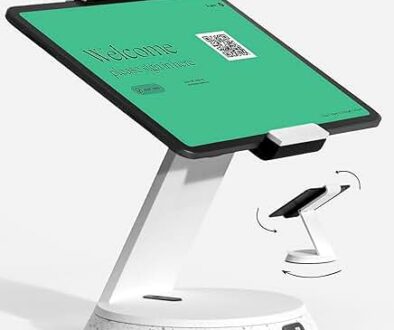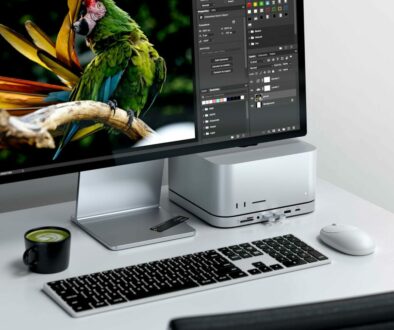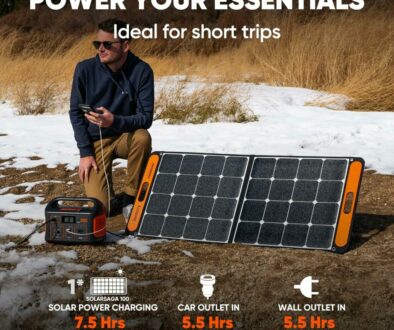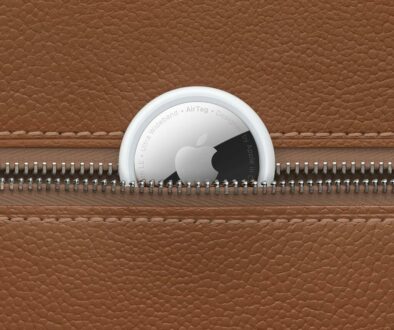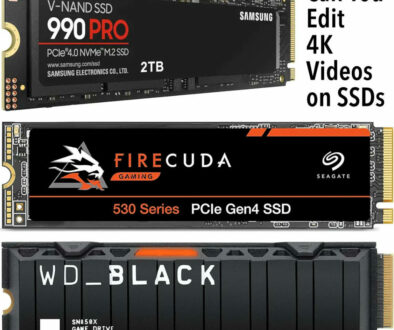Holiday Travel Tech: Power Bank Airline Rules, Noise-Cancelling Picks & Offline Maps You Can Trust
Flying home or off on a winter break? Pack smart. Here’s a simple, up-to-date guide to power banks (airline rules), noise-cancelling headphones, and offline maps/media so your trip is calm, quiet, and charge-anxiety free.
At-a-glance checklist (save this)
- Power bank: carry-on only; under 100 Wh is the easy path. Pack cables + a tiny USB-C charger.
- Headphones: over-ear ANC for long hauls, earbuds for compact kits; Bluetooth is fine in airplane mode when the crew says OK.
- Offline essentials: download maps and media before you leave Wi-Fi.
- Cables: 2× e-marked USB-C, 1× USB-C↔Lightning/USB-A if needed, and a flat travel plug adapter.
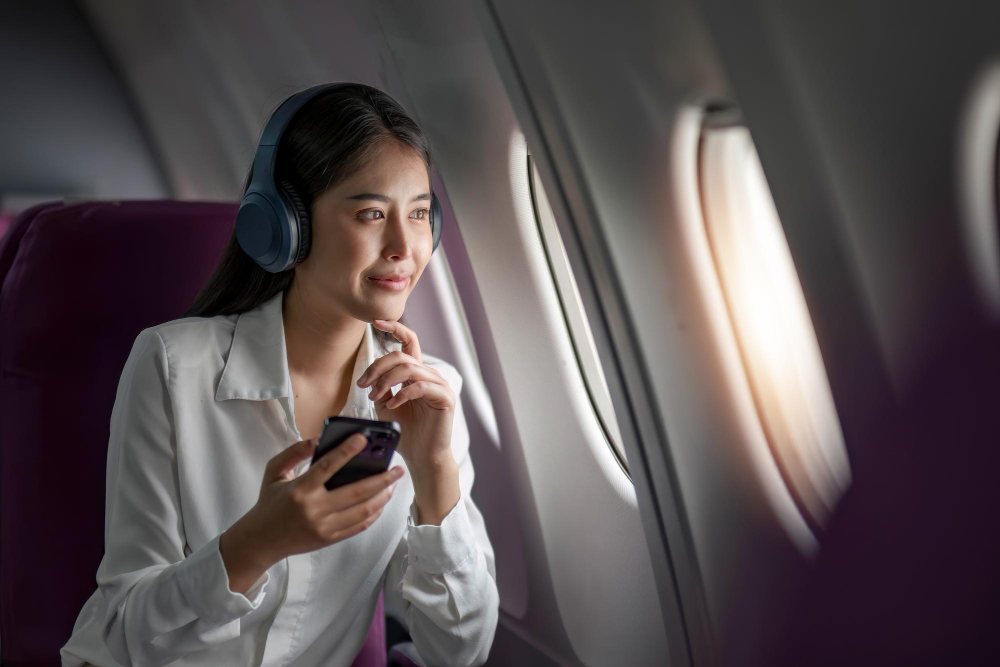
1. Power banks on planes (the real rules)
Let’s start with the essential, a power bank. After all, what are gadgets without its power. A device with a flat battery is no device at all. Here is what you need to know:
Carry-on only. Power banks count as spare lithium batteries, which must go in cabin bags, never checked luggage. Terminals should be protected from short circuits (use the pouch or tape).
Capacity limits: Up to 100 Wh: generally allowed, no airline approval needed. However, for higher capacity 101–160 Wh many airlines will also allow this with up to two spares with approval. Anything above 160 Wh capacity is not permitted for passengers. (These thresholds follow IATA/airline guidance; always check your carrier before you pack.)
Quick math: If your bank lists mAh, convert to Wh = (mAh ÷ 1000) × 3.7. Example: 27,000 mAh ≈ 99.9 Wh (good to fly). Many brands print the Mac rating on the label, use that first. The CAA also reminds you to insulate terminals and limit spares; follow your airline’s page for any extra limits.
Power banks with a capacity of up to 100Wh (approximately 27,000 mAh) are generally allowed in carry-on luggage without requiring any special approval. If the capacity falls between 100Wh and 160Wh, you typically need airline approval before bringing it on board. Always check with your airline.
Pick the right battery + charger (tiny but mighty)
Not everyone needs 27000mAh or 100Wh batteries. These are chunky and heavy. You pick these to charge a laptop or power hungry devices. For the rest of us, the capacity sweet spot is around 10,000–20,000 mAh (37–74 Wh). This gets a phone through a long day or two. You also do not need lots of ports on the power bank. At least one USB-C with PD (20–30 W charges most phones fast; 45–65 W can top up smaller laptops) for fast charging.
As for the charger, to top up your phone or powerbank or even Laptop, there ere no restrictions to these in carry on luggage but you want a compact and high power unit. A Charger at 30–65 W GaN with a 2-port cable kit covers phones, tablets, and most ultrabooks. Last but not leas, the Cables. Label one as “plane cable” so you don’t rummage in the dark to chase your device. One or two more for your tablets and laptop.
2. Bluetooth & ANC (Active Noise Cancelling) Headphones on flights (what’s allowed, what works)
You can typically use Bluetooth headphones in airplane mode; both FAA and EASA allow airlines to permit PEDs once they’ve assessed safety for their fleet. Follow crew instructions during taxi/takeoff/landing. Here are your options
Over-ear vs earbuds:
- Over-ear ANC = best for engine drone and comfort on long sectors or long haul flights.
- ANC earbuds = tiny case, great for sleeping on your side.
Pack a plane-audio Bluetooth adapter if you want wireless with seatback screens, or a plane-audio wired adapter and keep a 3.5 mm cable as backup.
3. Offline maps that don’t let you down
Here are your options for offline maps depending on your device and app and how to download maps for offline use.
A. Google Maps (Android/iOS): open Maps → profile → Offline maps → select your region. Maps auto-expire—tap Update before you go. Turn on Wi-Fi only to save data abroad.
B. Apple Maps (iPhone): Maps → your picture → Offline Maps → New; select the area and download. Works for turn-by-turn and place details even without data on iOS 17+.
Tip: download city + airport + region. Keep transit lines visible by grabbing a slightly larger area than you think you need.
4. Download shows, playlists, eBooks and docs (before the gate)
If you are going to read, listen or watch on your device without worrying about connectivity then download your TV shows, movies, music, eBooks or docs before hand.
A. Netflix: open a title and tap Download; or use Downloads for You to auto-fill (not on ad-supported plans).
B. Spotify: download playlists/albums and toggle Offline Mode so it won’t stream by mistake.
C. Docs for the trip: save PDFs/boarding passes and set them to Available offline in your cloud app.
Packing list: the tiny tech kit that solves everything
Finally, here is your tech packing list for your trip based on what we listed so far and some. Plus, some times that will help you with your trip.
- Power bank (≤100 Wh) + 2× USB-C cables (one short, one 1–2 m).
- 30–65 W GaN charger with interchangeable plugs or a slim adapter.
- ANC headphones/earbuds + airplane Bluetooth adapter + 3.5 mm cable.
- SIM/eSIM plan sorted; keep a paper clip or SIM tool.
- Cable tidy + microfiber cloth (fingerprints happen).
Airport & plane tips that actually help
- Charge before boarding. Power outlets near gates get crowded; a 20-minute top-up at 45–65 W is worth it.
- Swap to airplane mode early. Then manually re-enable Bluetooth for headphones.
- Seatback screens audio. Use your own audio if you can, if not, plug into the headphone jack (adapter may be required) and enable ANC transparency when the crew speaks.
- Keep the power bank warm. Lithium cells sag in the cold; inside a jacket pocket they perform better on winter tarmacs.
For your notes
- Power bank ≤100 Wh in carry-on; cables + GaN charger.
- Bluetooth ANC headphones ready; airplane mode on; follow crew.
- Offline maps (Google/Apple) + downloads (Netflix/Spotify).
- eSIM/data sorted; documents offline.
- Top-up at the gate, then relax.
If you have other tips you would like to share, please leave them in the comments below. Alternatively, share this article to your friends and family whom are also travelling



